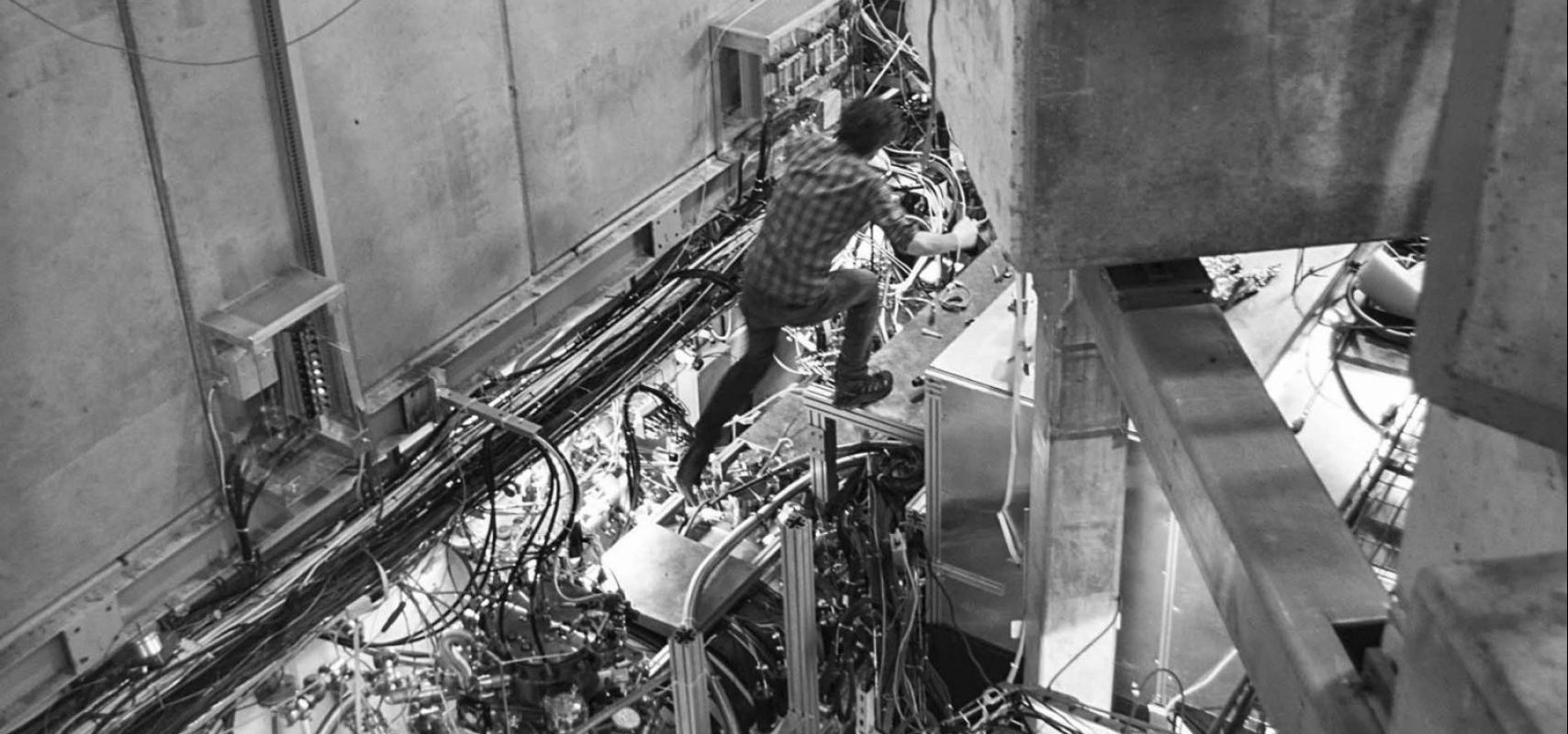Antimatter: What is it? Something exotic and not real?
Everything which surrounds us is made of matter. But what is antimatter? How did this concept come about?
To answer these questions we should go back in time to the 1930s.
In 1928 the British physicist Paul Dirac formulated a theory for the motion of electrons in the presence of electric and magnetic fields; the theory included quantum effects and also relativistic effects.
This theory explained extremely well the experimental results and it led to a surprising prediction.
The electron should have had a corresponding “antiparticle” with the same mass and opposite electric charge.
 |
(Credit:INFN-NotizieN.13 Febrary 2003 “A caccia di antimateria: l’esperimento ATHENA” )
Dirac’s theory had experimental confirmation in 1932 with the discovery of the positron by Carl Anderson, a young professor at the California Institute of Technology. Carl Anderson was studying showers of cosmic particles in a cloud chamber and saw a track left by “something positively charged, and with the same mass as an electron”. After nearly one year of effort and observation, he decided the tracks were actually antielectrons, each produced alongside an electron from the impact of cosmic rays in the cloud chamber. He called the antielectron a “positron”, for its positive charge. Confirmed soon after by Occhialini and Blackett, the discovery gave Anderson the Nobel Prize in 1936 and proved the existence of antiparticles as predicted by Dirac.
 |
 |
We now know that each particle with half integer spin has a corresponding antiparticle. While the mass of a particle and that of the corresponding antiparticle are exactly the same, other properties are equal but have the opposite sign. For instance, the antiproton has the same mass as the proton but the electric charge is opposite (the charge of the proton is positive, that of the antiproton negative).
Also to electrically neutral particles, like the neutrons, there are corresponding antiparticles. They have equal properties, some of which with the opposite sign (like the magnetic moment).
When matter and antimatter particles collide they annihilate into energy, radiation.
Another interesting phenomena is the pair production. When a high-energy photon interacts in the vicinity of a nucleus, allowing the production of an electron and a positron pair without violating conservation of momentum. Since the momentum of the initial photon must be absorbed by something, pair production cannot occur in empty space out of a single photon; the nucleus (or another photon) is needed to conserve both momentum and energy.

Positronium formation in mesoporous materials for Antihydrogen production
See someinformation
Antimatter from thunderstorn
Antimatter information
See a video (Kelvin G. Lynn and Marc H. Weber)
More information
Brief antimatter story
- 1929: electron sea and hole theory (Dirac)
- 1931: prediction of antimatter (Dirac, Oppenheimer, Weyl)
- 1932: discovery of positron in cosmic rays (Anderson)
- 1933: discovery of e-/e+ creation and annihilation (Blackett, Occhialini)
- 1937: symmetric theory of electrons and positrons
- 1955: antiproton discovery (Segre’, Chamberlain, Wiegand)
- 1956: antineutron discovery (Cork, Lambertson, Piccioni, Wenzel)
- 1995: creation of high-energy antihydrogen (CERN, Fermilab)
- 2002: creation of 10 K antihydrogen (Athena, Atrap)
- 2011: ALPHA traps antimatter atoms for 1000 seconds
- 2011: ASACUSA weighs antimatter to one part in a billion
- …
- 2019: first observation of antimatter interferometry (QUPLAS)
Antimatter experiments (CERN)
Antimatter: Popular Science (Italian)
Antimatter: Divulgative book
Antimateria: Libro di divulgazione (Italian)


